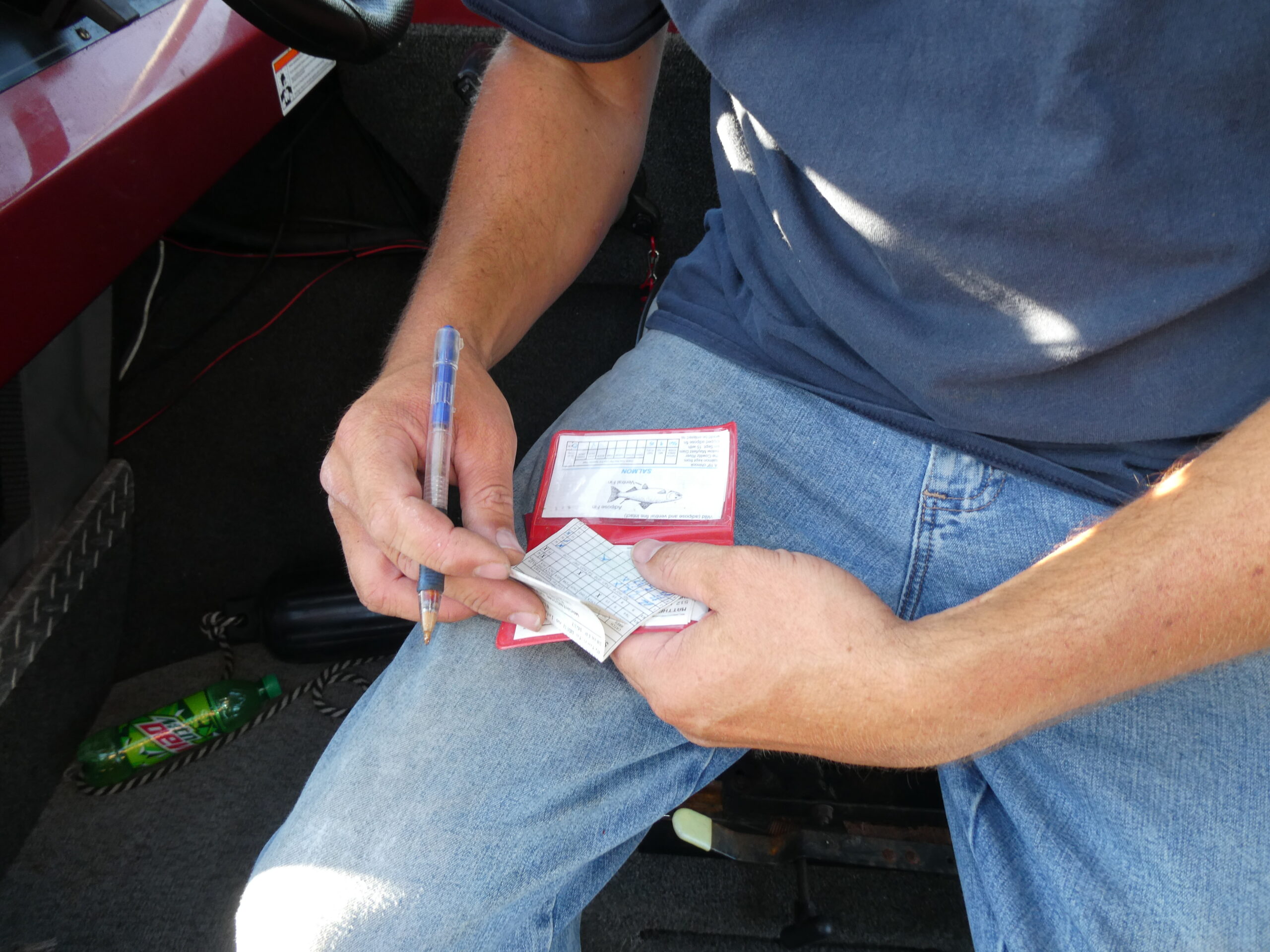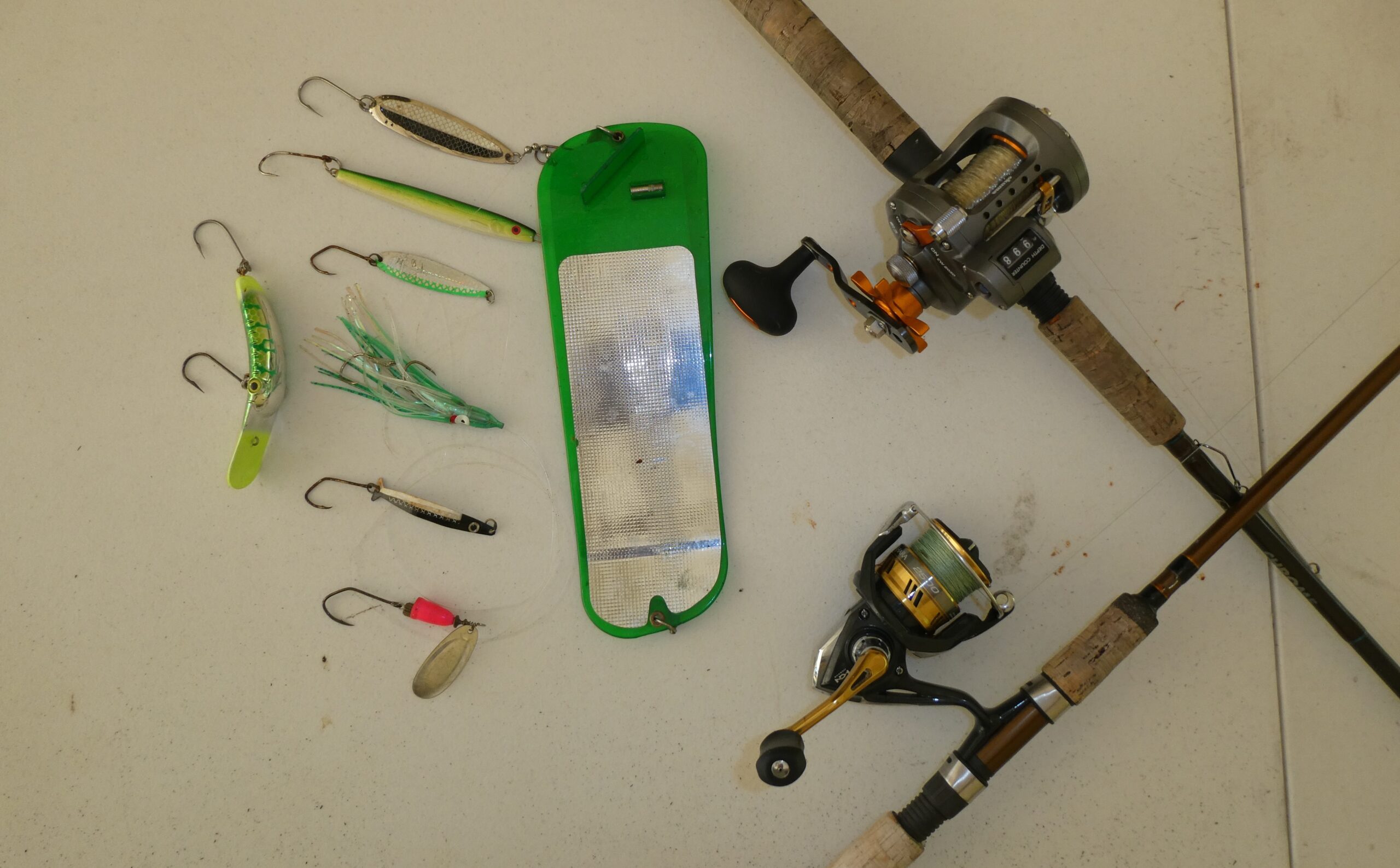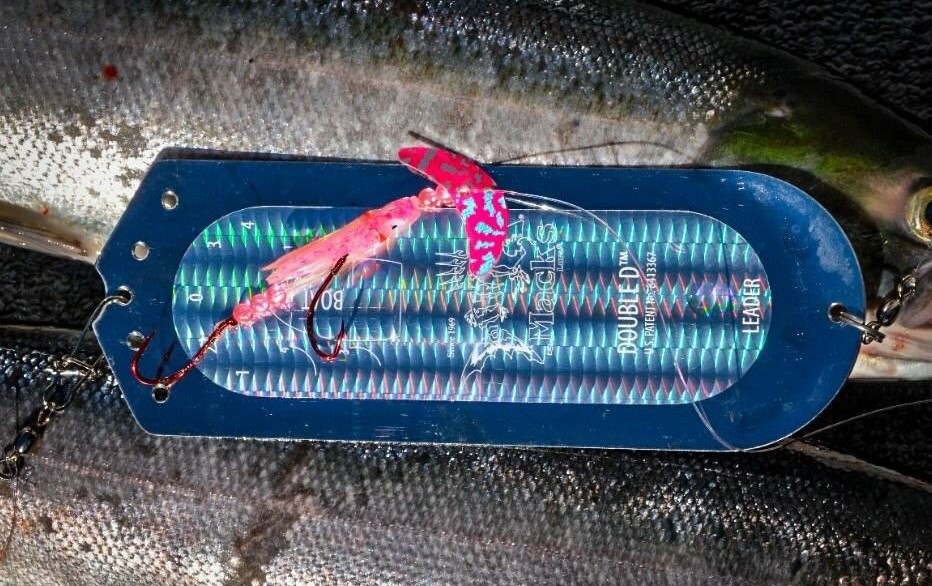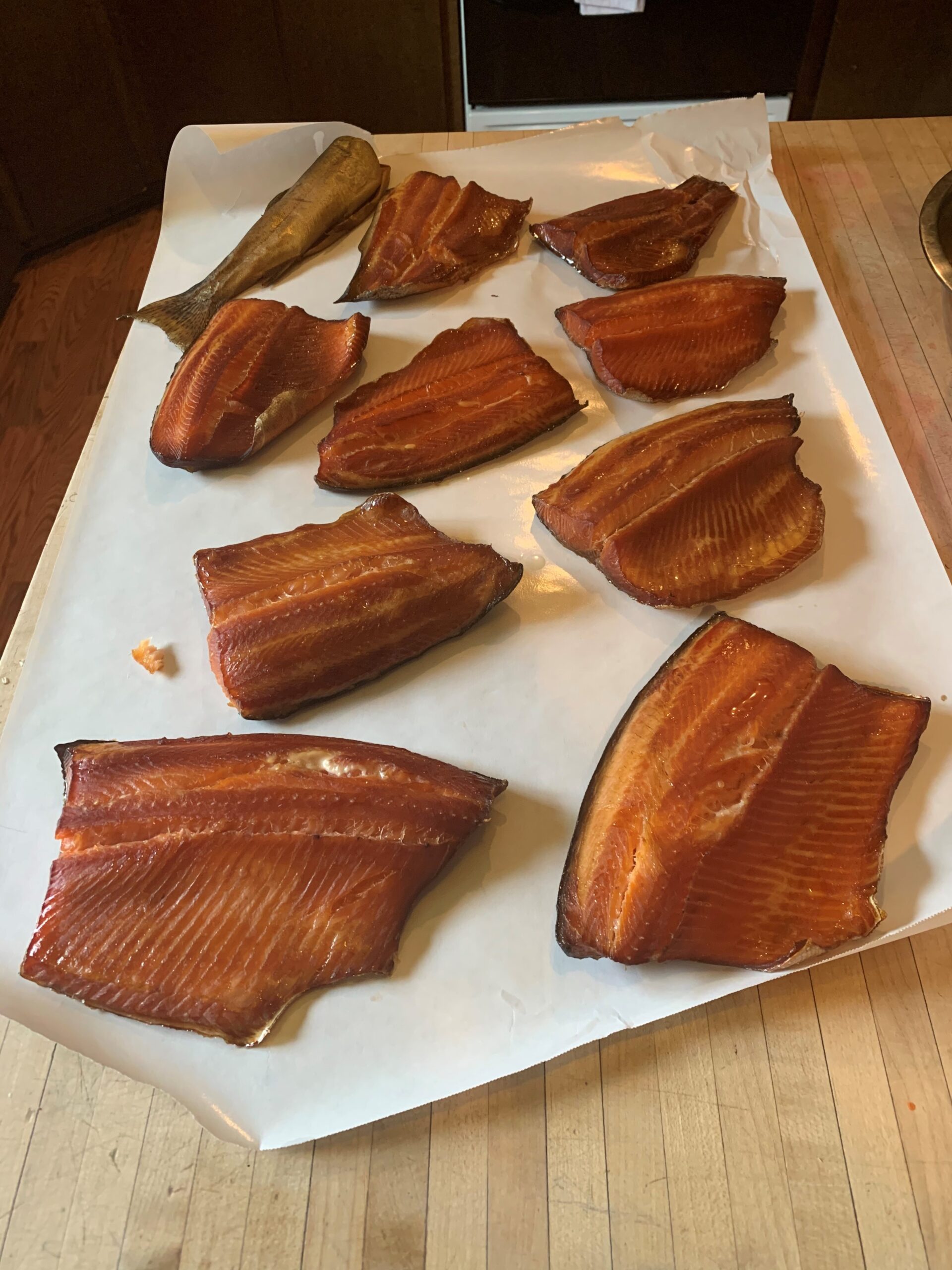
A look into finding and catching salmon
Tips on gear, tactics, and more to hook you into fish on rivers, sea and shore
By Kelly Riordan/WDFW
Late summer days will start fading into fall, so get ready as salmon fishing lights up in both salt and freshwater! If you love fresh chinook on the barbeque or delicious smoked coho, now is the time to grab a rod and reel and venture out to Washington’s many salmon fishing destinations.
Where to go: Washington has saltwater and freshwater venues aplenty. Our marine areas hold migrating salmon on the way to their birth rivers to spawn and seed the next generation. Many rivers are open for recreational fishing and accommodate some excellent bank fishing opportunities.
License and regulations: Before you escape to your selected waterway, go online to https://wdfw.wa.gov/ or to a local WDFW license dealer and pinpoint the rules and regulations for the area that you’re planning to fish.
If fishing in freshwater, anglers will need a freshwater fishing license with a salmon catch record card. For those pursuing salmon in the saltwater, you’ll need a saltwater fishing license with a salmon catch record card. Anglers who might want to try both marine waters and freshwater can cover both bases with the combination fishing license or the Fish Washington package, which covers it all and at a great value. For more on buying your fishing license, visit https://wdfw.wa.gov/licenses/fishing.

Immediately upon retaining a legal salmon, anglers must record their catch on a valid Catch Record Card. (Kelly Riordan/WDFW)
Preserving your salmon from field to table is key for retaining freshness.
Gear: Whether fishing from the shoreline, riverbank, or from a boat, dressing for the weather is key. There will still be some warm or even hot days ahead, but remember that getting up early to fish will be chilly. Dress in layers to adapt to changing weather conditions. Also, taking along a change of clothing is a good idea. River anglers may prefer a set of waders to navigate the riverbank more freely. Waders come in many varieties and price-points so talking to your local sporting goods store or doing some online research will help you find some within your budget.
Keep your catch, bait, and beverages cold with a cooler or insulated bag with ice. Preserving your salmon from field to table is key for retaining freshness. Note that it’s a best-practice to “bleed” your salmon by simply cutting the gills shortly after landing your fish. This helps with overall preservation and taste.
Sunscreen and polarized sunglasses are a must. Even on overcast days, the sun’s rays reflect off the water and can cause sunburn. Remember to wash any sunscreen off hands prior to touching baits, lures, and line to prevent imparting chemical scents onto them. It’s also beneficial to have clean, wet hands when handling fish that are to be released.

There are many choices of gear for salmon anglers and matching the tactic to species and location is key. (Kelly Riordan/WDFW)

Trolling setups like the dodger and squid are effective presentations for salmon. (Kelly Riordan/WDFW)
Rigging, baits, and lures: There are many ways to approach salmon tackle and methods of fishing, and breaking down this plethora of choices can scramble the brain. Experienced anglers have adapted many lures and techniques over the past decade, so a good place to start learning is on YouTube. Self-published anglers are sharing a wealth of information online these days so it just makes good sense to leverage those resources. WDFW is starting to create more how-to content as well, so check out this primer for freshwater salmon as well as our Fish Washington YouTube playlist that features several videos on salmon fishing.
Saltwater from a boat: Trolling, mooching, and jigging are the mainstays for boaters. Trolling with a flasher or dodger and herring are popular, as are using a flasher with a spoon or hoochie (squid imitation). Mooching is the method where a weight and bait, usually herring, are dropped to a depth and “mooched” (jigged) or moved up and down in the water column to entice a bite. Vertical jigging can be quite productive and like mooching, a painted and weighted lure is dropped down in the depths and jigged up and down.
Saltwater from a shoreline: Salmon lures have catchy names such as Buzzbomb, Dart, and others but more importantly, these heavy casting lures catch fish. This method relies on casting as far as one can throw, then retrieving the lure back toward shore in a horizontal jigging motion. Other shore lures are spinners and spoons casted and retrieved, all while working as much of the bank as possible to cover water. Once you’ve covered the area, move along the shoreline to cover the next section of water.
Most people are happy to help new anglers get started correctly. And remember, the most successful anglers are those with a line in the water.
Freshwater from a boat: Some of the saltwater lures and baits will translate well to freshwater fishing, such as a wide variety of spinners and spoons. Seemingly more effective (and where legal to do so), roe fishing either drift style or under a control depth bobber are good choices. Salmon roe is the eggs from a previously caught salmon or the same bought from a store and cured with scent and color. Plug fishing is another fantastic choice. Salmon plugs are lures that are either trolled or put out behind an anchored boat in a current. As these lures wiggle about, salmon will often violently strike them for hard take-down action!
Freshwater from a shoreline: The bobber and eggs combination are a great option for bank anglers. The cured and colored salmon roe is irresistible to some salmon, and bank anglers can often maneuver into smaller areas where boats cannot reach. Spinners, spoons, and jigs are also effective, but a more popular set up is the corkie and yarn combination. This setup is casted into a desired area and drifted along the bottom where salmon might strike at it.
Gear topics can go on for days and there is a lot of jargon associated with these methods. Take a look at each of the ideas above and try one or two out. Search these methods online, watch videos, and talk to local sporting goods employees about what, where, and how to fish. Most people are happy to help new anglers get started correctly. And remember, the most successful anglers are those with a line in the water.
Locating salmon: Saltwater anglers fishing from a boat most often locate salmon with electronic depth finders or sonar. Simply cruising around in the marine area and watching depths and fish marks will quickly inform anglers where to target their efforts. Bank anglers fishing in saltwater should focus on topographical features such as points, eddies, or narrow channels where migrating fish will stop to rest or become consolidated or pooled up, as they say.
Freshwater anglers have an easier time with locating salmon. Specifically speaking, salmon in rivers will congregate in deeper pools and slower water to rest while on their migration. This goes for both boat and bank anglers.
Be safe: Safety is the top priority for all anglers. Be sure to wear flotation devices whenever around water and it is a required piece of equipment on boats. Watch for other anglers, boaters, and recreationists for both safety and to represent a good ethical and legal nature. If someone is fishing your targeted destination, move to another location or strike up a conversation to see if they have any recommendations for you. Be courteous and please pack out your litter and discarded fishing line.

Selecting the right gear and location during the salmon migration paid off for this angler. (Kelly Riordan/WDFW)

Smoked salmon is a prized piece of salmon fishing. (Kelly Riordan/WDFW)
Expand the adventure: Even if your salmon fishing trip is fruitful and salmon are retained, don’t forget that there are other activities to consider while already out fishing. Boaters can watch for other sea life such as sea birds, seals, and whales (be whale wise). Bank anglers can beach comb and explore new hiking areas, all while collecting pieces of your next outdoors adventure puzzle.



